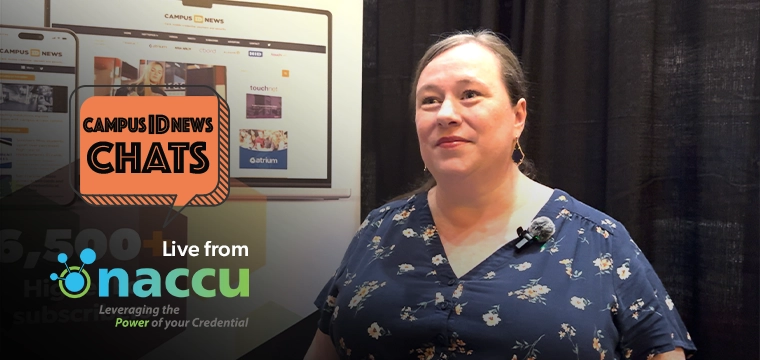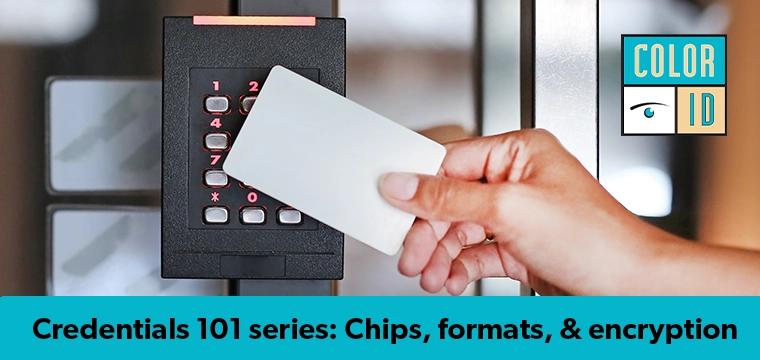
 By Larry Delaney, VP and GM, Cashless Systems, CBORD
By Larry Delaney, VP and GM, Cashless Systems, CBORD
For more than four decades we have been working with higher education institutions to create value, convenience and automation around identity management on campus. What used to be four or five cards has since become one.
Now we’re in the midst of another sea change in this industry, one that finds our customers asking us and each other "What exactly is a card system?" and "What exactly is card service?"
That discussion starts with identity.
Over the past several years we’ve seen the creative problem solving our customers have done around identity management and access using our systems, and we’ve marveled over how they have pushed the boundaries time and again. Our customers are evolving the definition and the perception of card systems and card services along the way. For instance, they use their cards systems to:
None of these are functions that anyone has traditionally associated with a card system or card services, yet they all involve identity management. So card services personnel are right in the middle of solving problems such as: Who gets which privileges? Who can access which resources?
How identity is verified is evolving too. A university’s customers are 18–22 years old and are the early adopters of all new technology so colleges have an extra incentive, a duty even, to keep campus technology up-to-date. For 2016 this means keeping the credential up-to-date, be it a mag stripe or contactless card, a smartphone or a wristband, an iris or a thumbprint. More likely it is all of these. Systems will need to be prepared to extend the convenience of accepting any and all options to verify identity.
Much of what we think of as card services on a college campus has to do with creating a culture of convenience – giving students easy ways to do all the non-academic parts of life on campus. In fact, since the inception of modern day card programs, card services directors, managers and administrators have all measured what they do in terms of student service. Providing technologies that made things easier was simply good customer service.
In the past several of years, that thinking has adapted to focus on the student experience. What is the out-of-classroom life like? How can it be better? More fun? But in 2016 this thinking will morph further still to consider student success. What are your programs doing to help keep a student in class and engaged? We have several campuses that can point to actual data showing that what they are doing with auxiliary services is impacting retention rates – including the programs and platforms that were originally implemented with the simple intention of providing good customer service. A year from now it won’t just be a few campuses collecting this data, and five years from now everyone will be measuring every out-of-classroom touch point in terms of how it influences student success. The emerging trend of 2015 will be the prevailing convention of 2016.
Of course with any activity involving identity verification comes a host of privacy concerns. It will be debated at length in 2016: convenience vs. privacy. This isn’t specific to higher education for certain, but college campuses are in a unique position at the forefront of deciphering the fine points and leading by example when it comes to the complexities regarding identity management. They will make a considerable effort to be transparent and to use their gathered data to further positively affect student success.
Campuses understand the data is already there, but it only becomes relevant and useful via connectivity. This coming year, card program personnel will find ways to connect with other systems on campus to help create big picture specifics on what influences student retention and success. They will connect with other departments on campus to turn fanciful ideas into concrete processes. They will take the information from those connected systems and connected ideas and create enormous reams of information. Information that will influence smart decisions and affect all areas of campus life.
The future of the card system mirrors that of auxiliary services as a whole. Everything that auxiliary touches will be part of the system. All points will connect. The hub will be identity while the spokes will be conveniences. Yesterday’s card system is tomorrow’s enterprise auxiliary platform, touching all corners of campus and enhancing all aspects of campus life.




